— We take our content seriously. This article was written by a real person at BREL.
Last year, I wrote a popular guide to modifying your home for senior dogs. I gained that knowledge the old-school way – as the parent of two 15-year old pups. Sadly, we lost our sweet Finnegan in July, but we recently added a new maltese puppy to the household. Meet Freddie!
So, of course, it’s time for a guide on puppy-proofing your home. And like my guide for senior dogs, I learned most of these lessons the hard way. Here’s hoping you can avoid some of the mistakes I made.
But first…some adorable pics of Freddie:
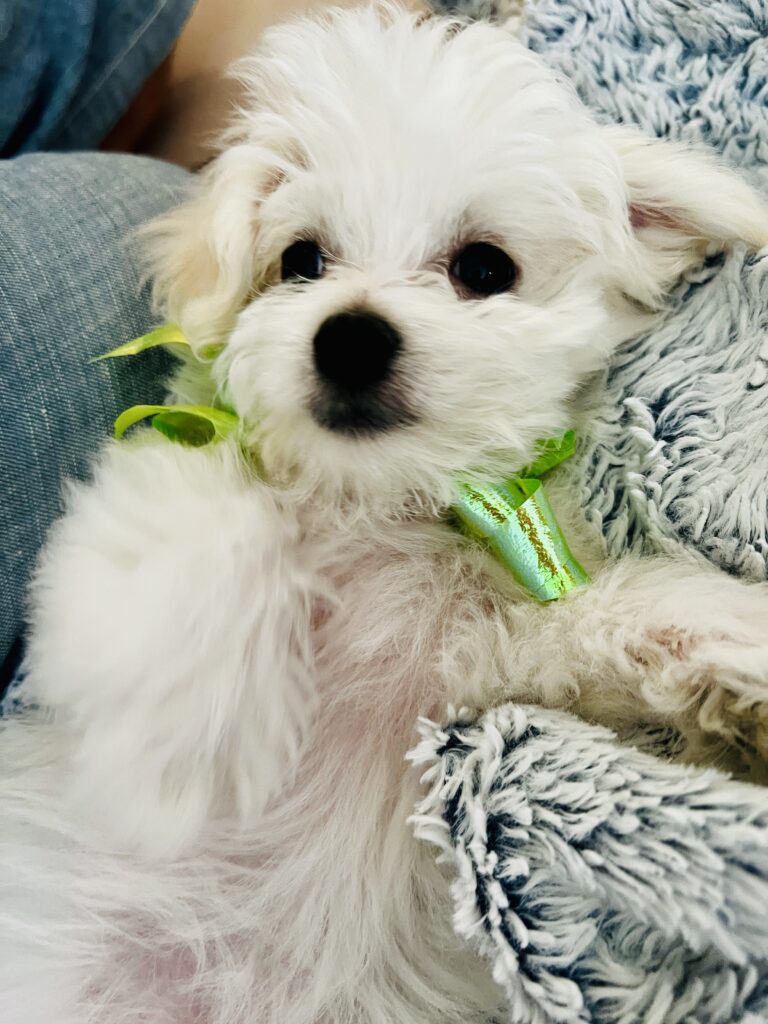
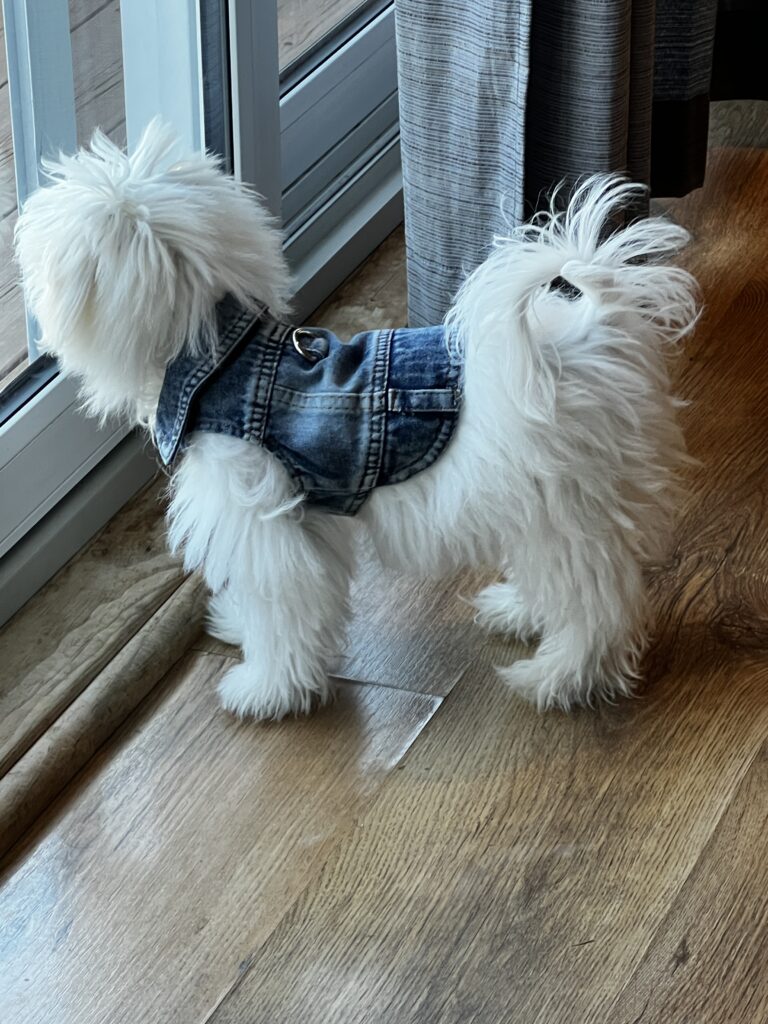
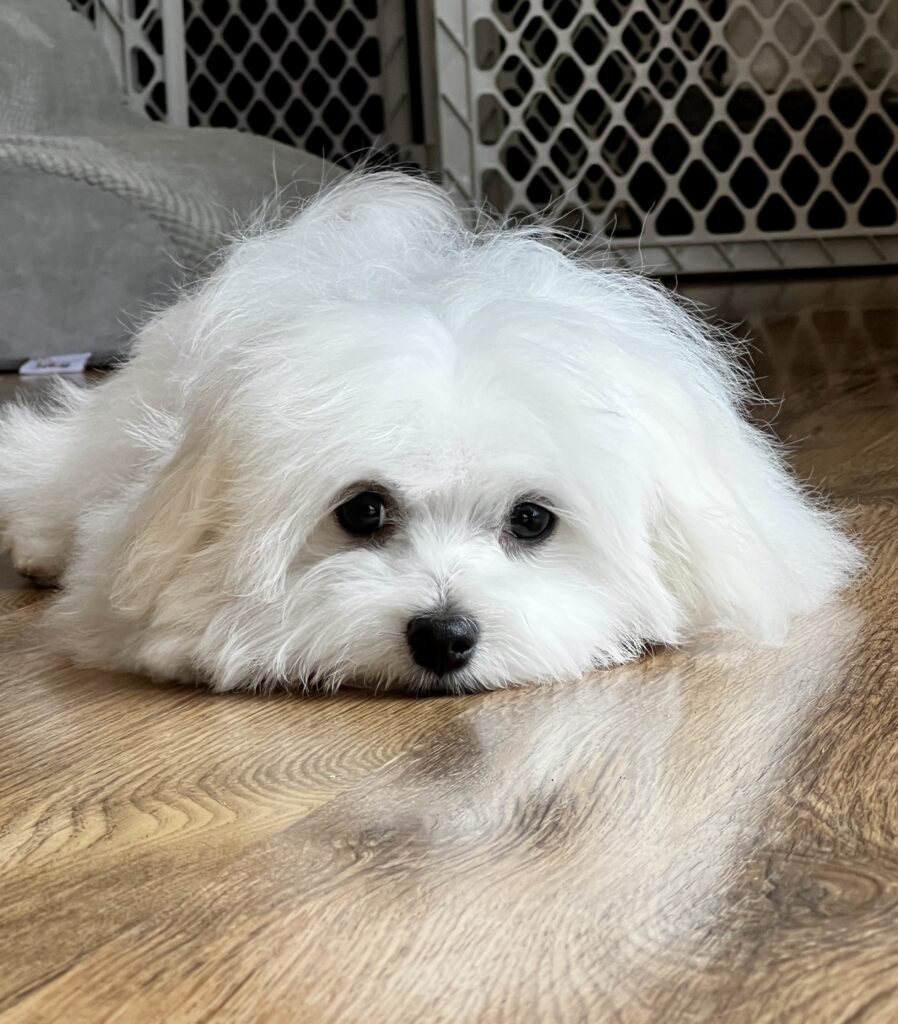
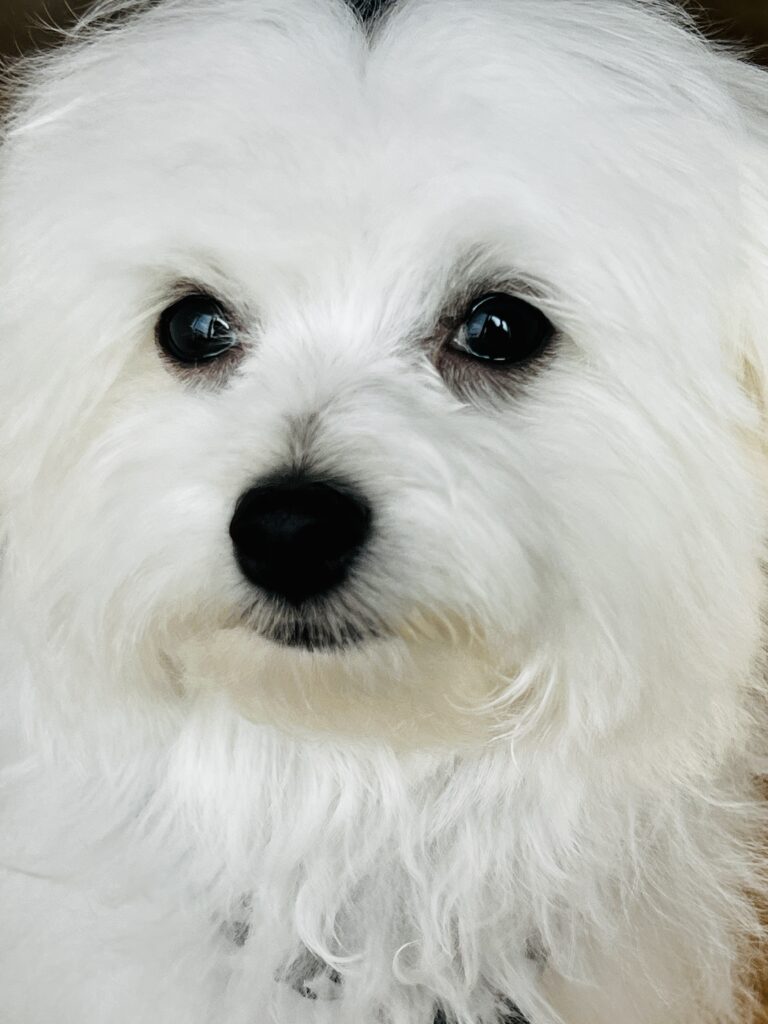
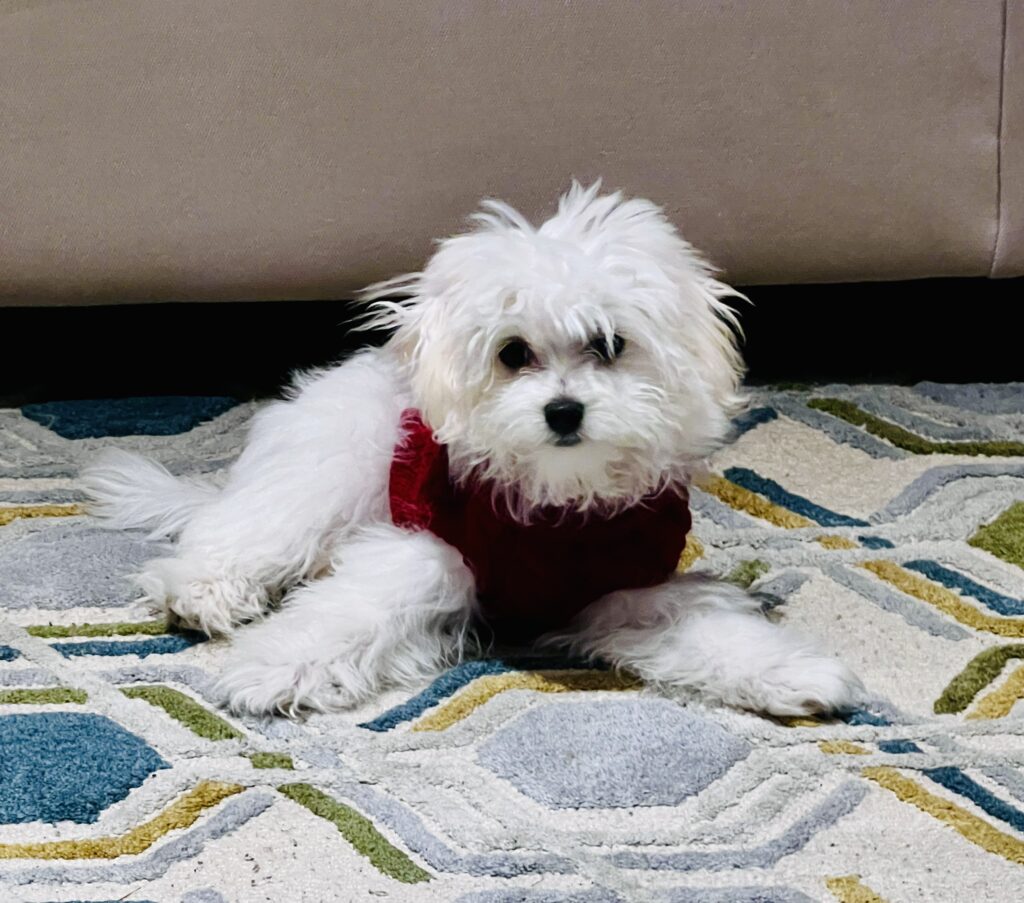
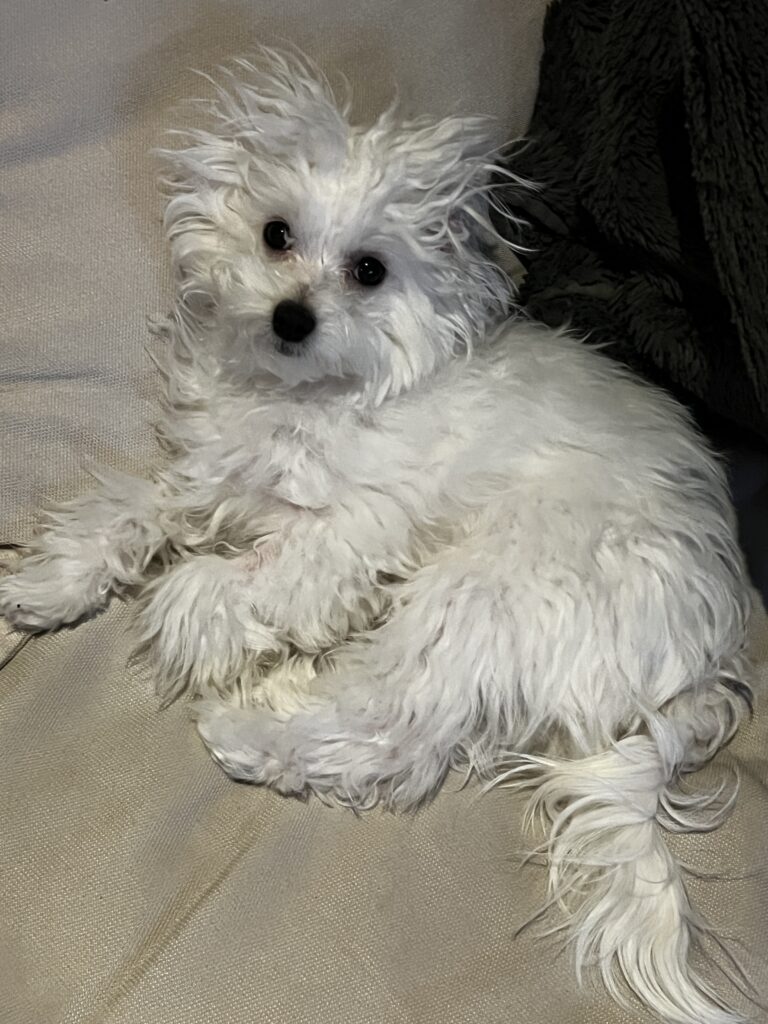
How to Puppy Proof Your Home
1. Start with a Puppy-Proofing Checklist: Make a checklist of areas in your home that need puppy-proofing, including both indoor and outdoor spaces. Get down on your hands and knees and try viewing your home from their height – you’ll be surprised by what you see.
2. Secure Hazardous Chemicals and Cleaning Products: Store cleaning products, chemicals, mouse poison, cannabis and medications in locked cabinets or high shelves. A puppy explores the world with its mouth, and while you may struggle to get them to take vet-prescribed medication, they’ll eagerly gobble up your Tylenol, heart meds or Viagra.
3. Hide Electrical Cords: Chewing wires and cords are one of any pup’s favourite activities, so invest in cord concealers or wrap cords in protective covers. Little Freddie chewed through my MacBook Air cord in under 15 seconds. For cables that can’t be concealed, consider anti-chewing spray – it tastes bad and most dogs will avoid anything it’s sprayed on.
4. Store Valuable Items: If you aren’t ok with your puppy destroying a valuable or cherished item, store it or make sure it’s out of reach. Everything looks like a toy to a puppy and until he learns the house rules, you’ll need to protect him from himself.
5. Dog or Baby Gates: Many dog trainers advocate introducing your new puppy to one room of your house at a time, and earning additional room privileges as they learn good puppy manners. In the meantime, use baby or dog gates to block off rooms and areas that are off-limits to your puppy.
6. Put Away Small Objects: Pick up small items like coins, buttons, and toys to prevent choking hazards. Check under the couches and in between the couches daily – if something’s there, they’ll find it.
7. Move Toxic Plants: Remove toxic plants or place them out of reach. Here’s a great resource to check if your houseplants are toxic to dogs.
8. Invest in Chew Toys: The best way to prevent damage and destruction is to provide plenty of toys to redirect your puppy’s chewing instincts away from furniture, baseboards and shoes. Be especially careful during the teenage months when puppy’s 28 milk teeth are being replaced by 42 adult teeth.
9. Get a Trash Can with a Lid: There’s nothing more fun for a puppy than scavenging through garbage, so reduce the number of bins in your house and ensure every trashcan has a lid. Don’t forget to empty them every day!
11. Staircase Safety: Puppies need to learn to climb and descend stairs, so until that skill is mastered, use stair gates to block access. Little Freddie didn’t learn to climb stairs until he was about 6 months old. still leaps off the couch and lands on all 4 paws at once; he’s not stair-ready yet.
12. Secure Windows and Doors: Ensure windows and doors are securely latched and replace any missing or torn screens.
14. Tie-Up Dangling Cords: Keep electrical and blinds cords out of reach to prevent accidental strangulation.
15. Reorganize Your Pantry: Secure food storage areas to prevent your puppy from helping themselves. Some of the most toxic food for dogs:
- Chocolate
- Grapes, raisins
- Onions and garlic
- Fat trimmings and cooked meat bones
- Xylitol (artificial sweetener often found in candy and gum)
- Avocados, fruit with pits, seeds
- Coffee, tea, caffeinated beverages
- Salty and sugary foods
- Macadamia nuts
- Yeast dough
- Large amounts of baking powder, baking soda
16. Puppy-Proof Your Yard: Your yard presents unlimited adventures and fun for your puppy, but make sure he’s safe! Beyond outdoor supervision, you’ll want to invest in a fence that can’t easily be crawled under or scaled. Make sure your gates are secure and garages or sheds protected from curious pups. Fence off gardens to protect plants and save your pup from toxic tomato and potato plants.
17. Put Away Shoes: This is one of Freddie’s go-to tricks – he sees a pair of shoes and within seconds, he’s carted them off to another room. Keep your shoes in closed closets or off the floor.
18. Protect Your Remote Controls: Keep remote controls out of reach to avoid chewing. While I personally don’t see the joy in chewing a remote control, I know a dog who’s eaten 8 remote controls in the last year.
19. Safeguard Your Pool: If you have a swimming pool, this is one of the biggest danger zones for your puppy. Install a pool safety cover or fence to prevent puppy access and never leave your puppy unattended near the pool. When the time is right, teach your puppy pool safety (in other words, how to swim and exit the pool if you fall in). Freddie hasn’t shown any curiosity about our pool yet, but we’re bracing for summer.
20. Pet Supply Area: Dedicate one spot in your home for pet supplies – food, treats, toys, grooming supplies – and make sure it’s out of your puppy’s reach. Freddie had the best day of his life a few weeks ago when he managed to dump a whole bag of treats onto the floor. It was a sibling bonding moment, at least.
21. Potty Training Accidents: Potty training is a process, and while you might have a Zero Accidents Policy, inevitably, your puppy will make a mistake. Put away expensive area rugs or invest in washable carpets that will serve you throughout your pet’s life. If you have a small dog and live in a condo or have an unpredictable schedule, you may want to consider pee pads – Freddie loves them! We love Ruggable washable carpets!
22. Pet-Proof Furniture Covers: If your puppy is allowed on the couch (don’t worry, I won’t judge) – consider pet-proof covers to protect against accidents. And those throw pillows might last longer if you temporarily store them during the I-put-everything-in-my-mouth phase.
23. Outdoor Play: Supervision, Shade & Snow Paths: There’s a lot for your puppy to learn before he earns unsupervised time in your yard, so be prepared to accompany him on his backyard adventures. Make sure to provide a shady spot and plenty of water for hot days and be prepared to clear a path for outdoor potty trips during the winter months (especially if you have a wee puppo like a maltese).
24. Nightime Safety: Invest in reflective collars and harnesses for nighttime walks.
25. Curtains: Freddie taught me that fabric curtains are actually 24/7, built-in-tug-of-war games. Keep your curtains out of reach!
